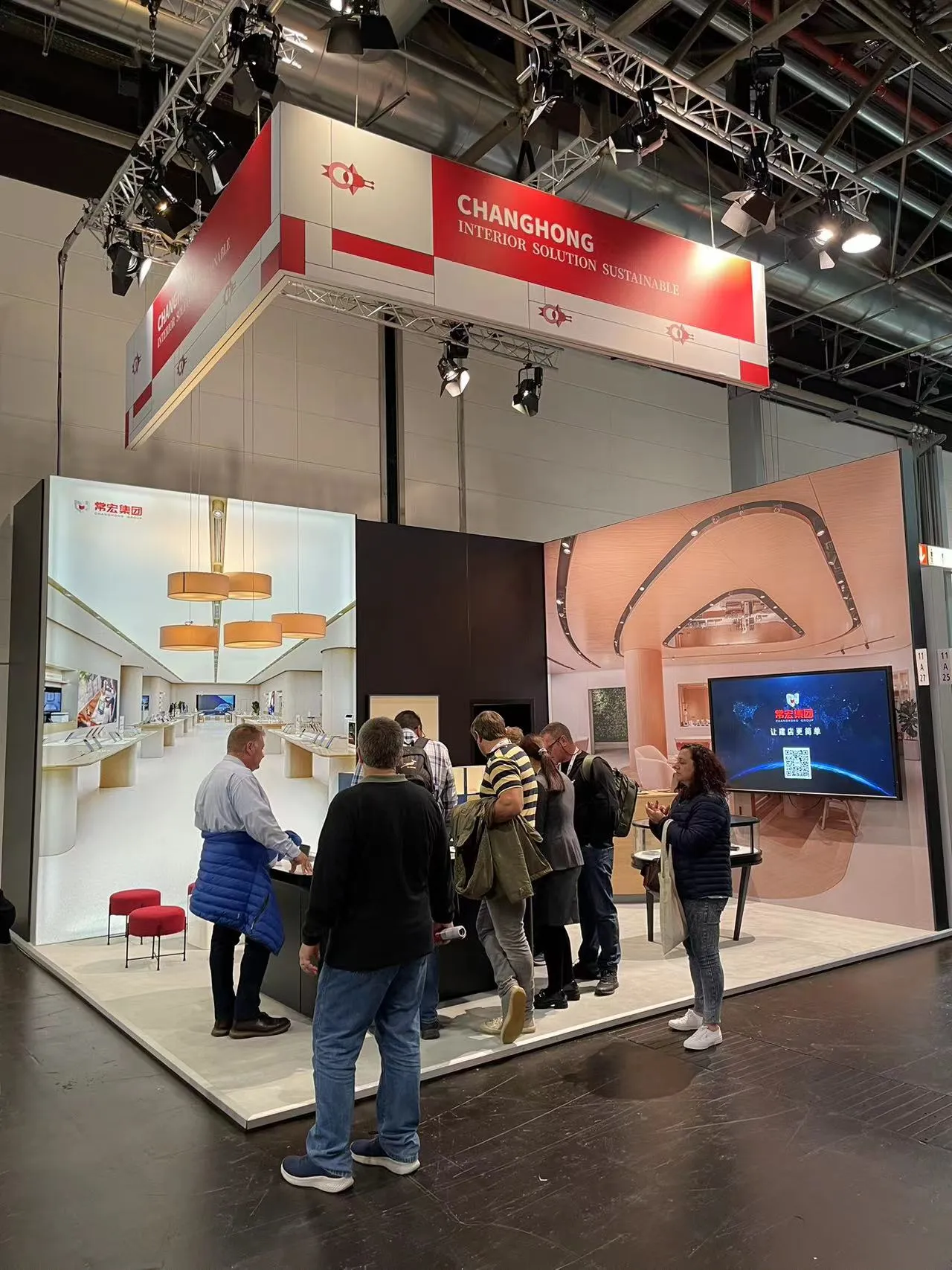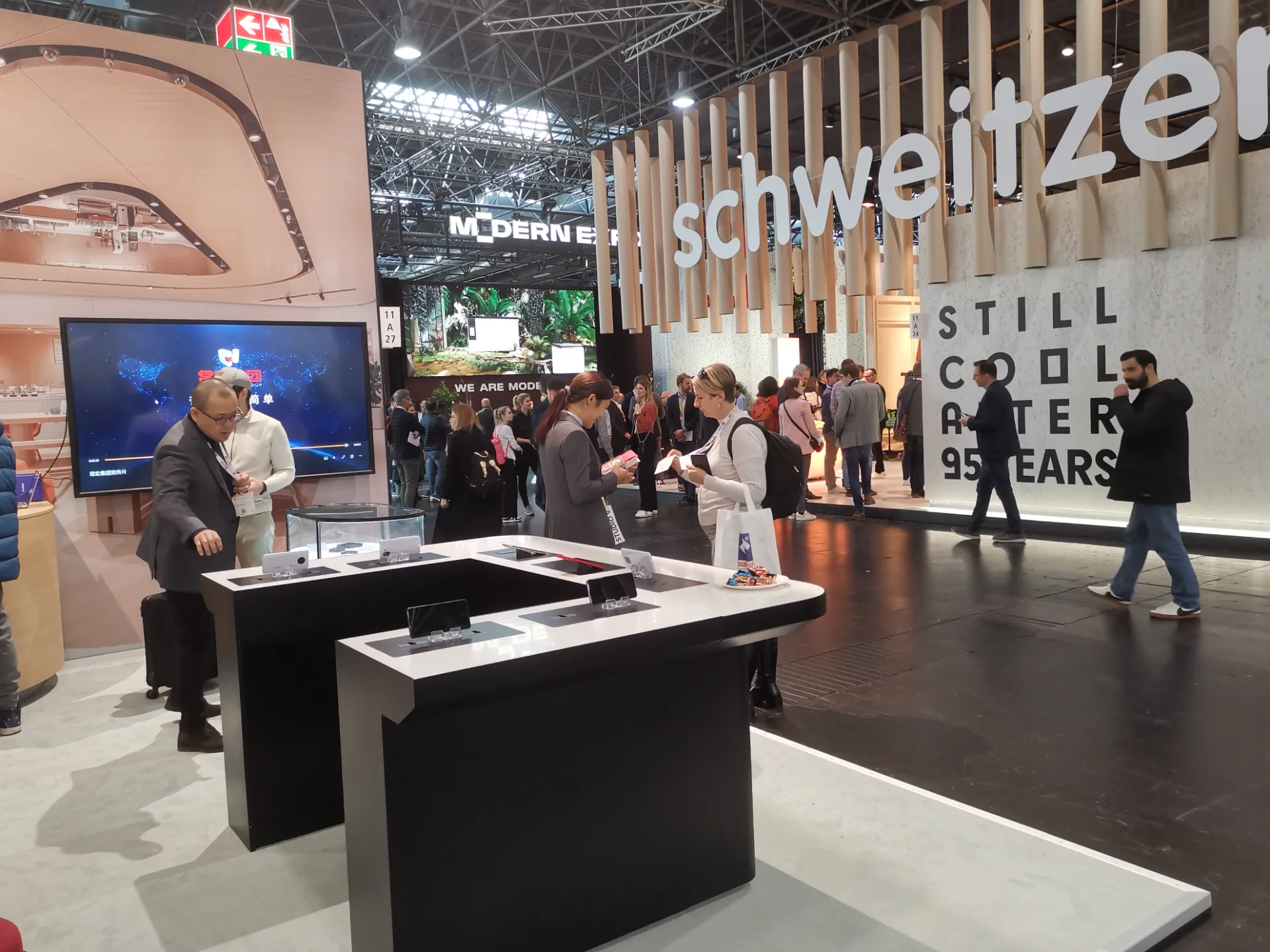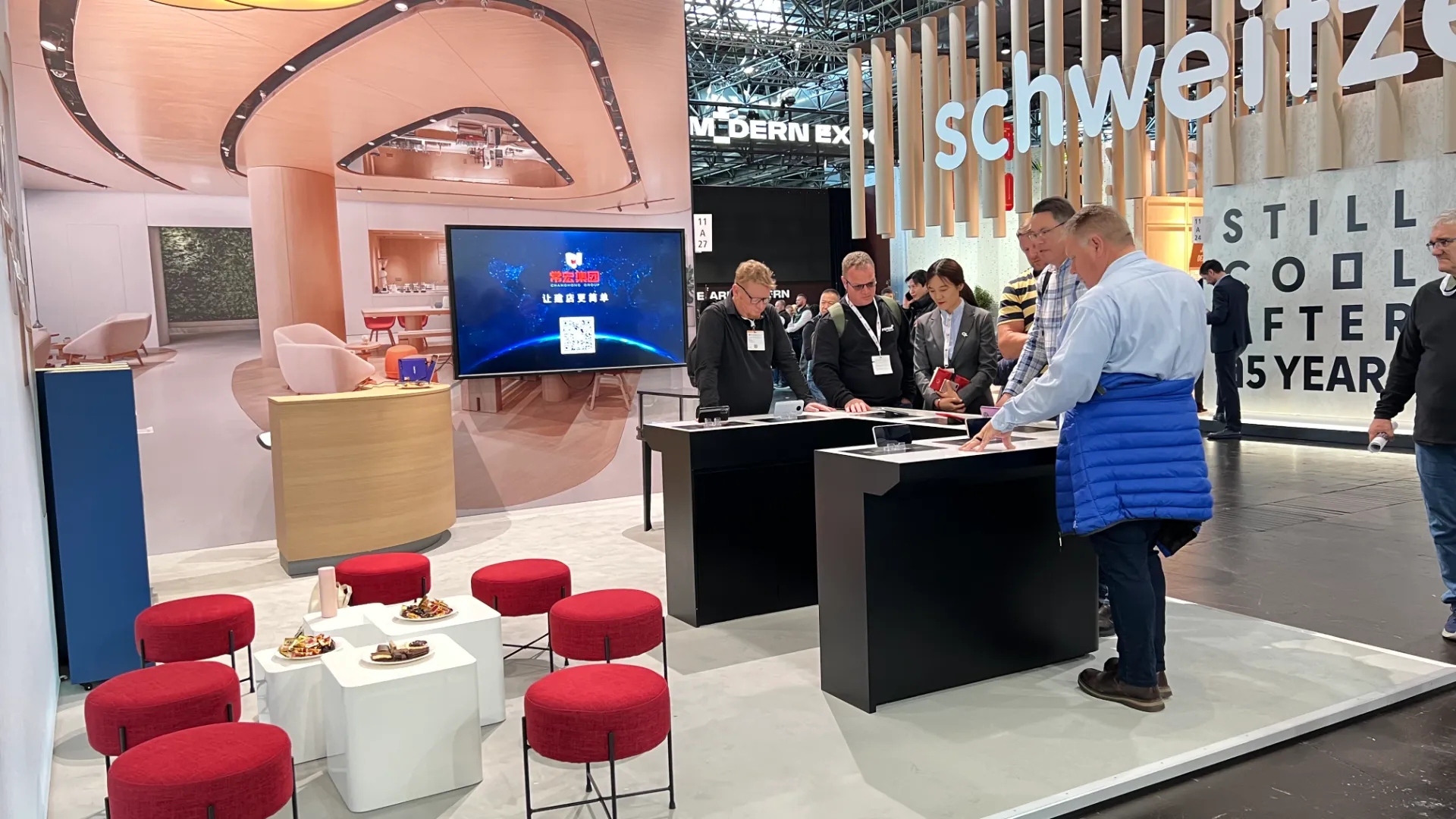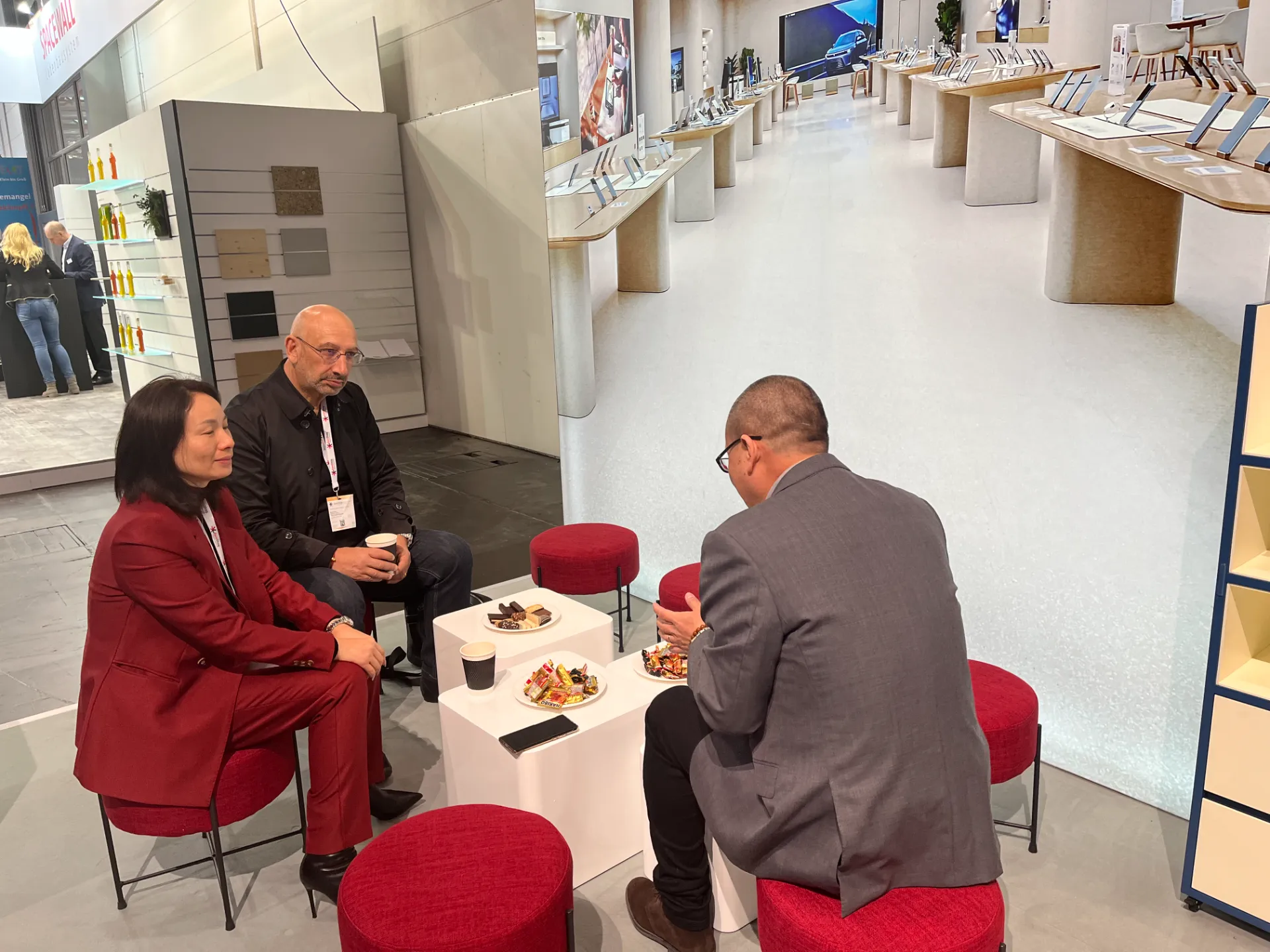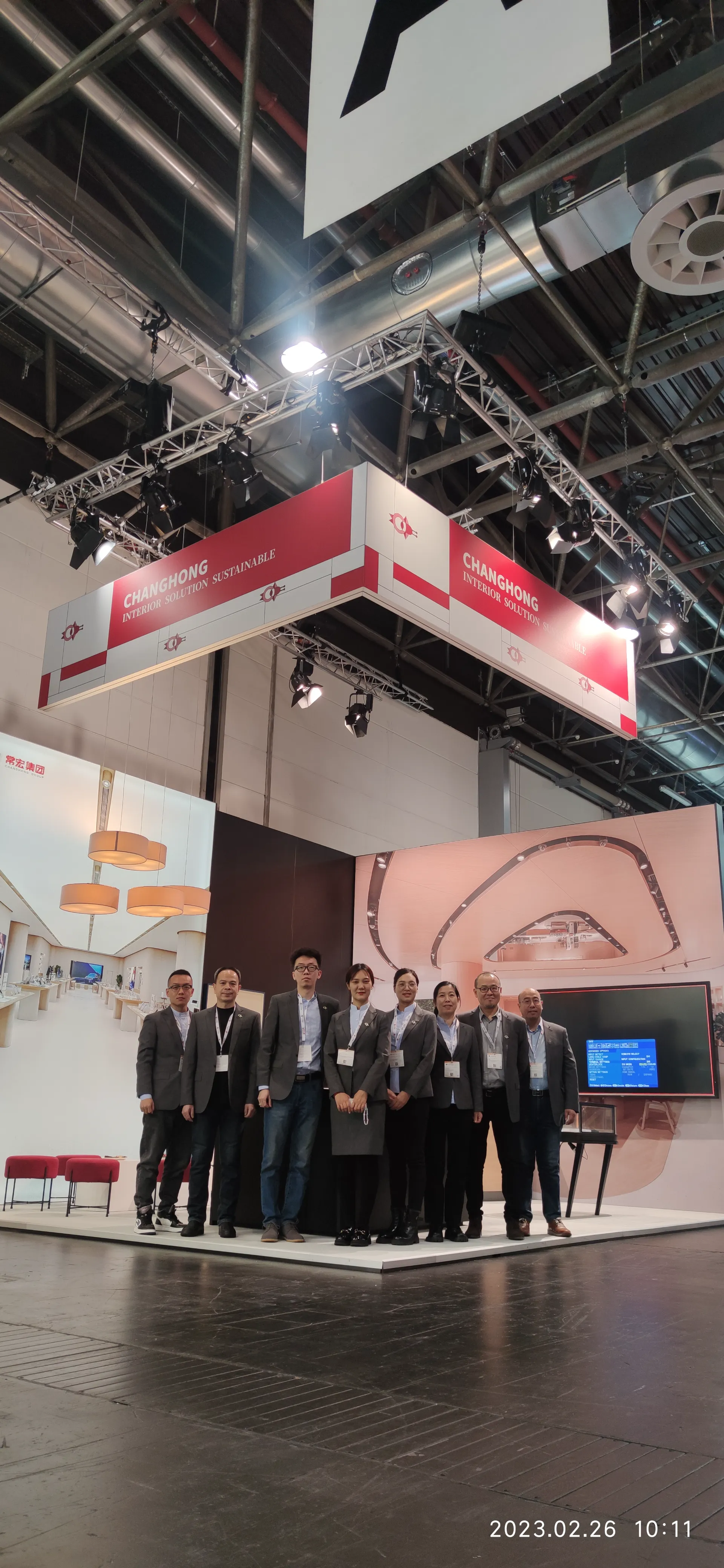Nov . 22, 2025 14:00 Back to list
Discover the Flexibility of Pop Up Shop Fixtures – Modular Display Solutions for Every Need
What Are Pop Up Shop Fixtures and Why They Matter Globally
Pop up shop fixtures might sound like niche retail jargon, but they're becoming a quietly essential backbone for businesses and communities worldwide. Essentially, these are the modular display units, shelves, stands, and racks designed for quick assembly and breakdown in temporary retail spaces. Why should you care? Well, in an increasingly agile commercial landscape—where speed, flexibility, and aesthetics matter—pop up shop fixtures enable brands to seize fleeting opportunities without the pain and expense of permanent stores. Beyond commerce, these fixtures serve industries ranging from trade shows to humanitarian aid, facilitating rapid, efficient setups wherever they’re needed.
Understanding these fixtures means appreciating their global impact—from vibrant urban markets in Europe and North America to emergent economies looking to build up retail infrastructure quickly. According to recent World Bank reports, informal and temporary marketplaces contribute significantly to local economies worldwide. And without reliable pop up shop fixtures, many of those bustling stands would struggle to catch someone’s eye or even function properly.
Global Context: Why Pop Up Shop Fixtures Are Rising Stars in Retail and Beyond
In a 2023 ISO survey on modular retail solutions, over 70% of retailers expected temporary setups to grow faster than traditional brick-and-mortar. This mirrors broader shifts in consumer behavior—people crave novelty and experiential shopping, which pop up shops can deliver. But there's a twist: beyond just retail, governments and NGOs are leveraging these fixtures to build mobile health clinics and emergency markets in crisis zones.
Yet the challenge remains: how do you design display fixtures that are durable enough to withstand rough handling, lightweight for transport, and attractive enough to build brand trust instantly? Pop up shop fixtures address these head-on, but not without trade-offs.
Defining Pop Up Shop Fixtures in Plain Terms
In simplest terms, pop up shop fixtures are adaptable, often lightweight platforms and structures to showcase products or services in temporary retail spaces. Think folding shelves, collapsible racks, freestanding counters, and wall-mounted holders that can be packed flat when not in use.
The beauty? They’re engineered for simplicity and speed—no special tools needed, less training for setup crews, and a surprisingly robust design for something so “pop-up.” Industries from fashion to food stalls rely on them, as do aid agencies needing mobile distribution points.
Key Components That Make Pop Up Shop Fixtures Work
Durability
These fixtures must survive repeated setups and teardowns without falling apart. Many designers opt for aluminum frames, sturdy plastics, or eco-friendly composites. In practical terms, it means fewer replacements and a better ROI.
Scalability
From a single table to multi-unit displays, the system should scale effortlessly. Brands often start small and expand as pop up shops prove effective.
Cost Efficiency
Let’s be honest: permanent fixtures have a higher upfront cost and greater maintenance. Pop up shop fixtures offer an economical alternative, especially for startups and SMEs buying on a budget.
Portability & Weight
These fixtures are designed to be lightweight and compact. Often, the whole kit fits into a couple of cases that a single person can carry—a huge boon for quick mobility.
Customizability
You want branding, color coordination, or even adjustable heights? Many modern fixtures deliver on this with interchangeable panels and modular components.
Mini takeaway: Pop up shop fixtures are the Swiss army knives of temporary retail—versatile, reliable, and tailored for rapid deployment.
Global Applications: Who’s Using Pop Up Shop Fixtures and How?
Let’s consider a few real-world situations: In Europe, small fashion retailers regularly rotate popup stalls across festivals and markets to target new audiences. In the U.S., tech startups employ modular displays at expos and product launches, capitalizing on dynamic setups to wow visitors. Oddly enough, in parts of Africa and Southeast Asia, NGOs use robust pop up fixtures as market stands to restock displaced communities quickly after disasters.
These use cases underline their broad appeal and flexibility. Even industrial zones in remote locations use pop up shop displays to organize tools or parts temporarily—helping improve workflow with minimal footprint.
Typical Product Specification Table for Pop Up Shop Fixtures
| Feature | Specification |
|---|---|
| Material | Aluminum Frame with ABS Plastic Panels |
| Weight | 15 kg (approximate carry weight) |
| Setup Time | 10–15 minutes by one person |
| Max Load | 50 kg per shelf unit |
| Dimensions (L x W x H) | 120cm x 60cm x 180cm (assembled) |
| Customization | Modular panels, branding decals, adjustable shelves |
Advantages and Long-Term Value
- Cost savings: No need to invest in permanent retail locations or expensive renovations.
- Sustainability: Many fixtures are designed with recyclable materials, and their reusability lowers waste.
- Brand agility: Quickly adapt to market changes, trends, or locations.
- Social impact: In disaster zones or underserved communities, they create dignified selling and distribution points.
Beyond dollars, it’s about trust too. Customers feel a brand that invests in neat, accessible displays is professional and cares. Emotionally, the fixtures help convey safety and orderliness—crucial in chaotic environments.
Vendor Comparison: Popular Providers of Pop Up Shop Fixtures
| Vendor | Material Quality | Customization | Lead Time | Price Range |
|---|---|---|---|---|
| QuickDisplay Co. | Premium Aluminium & Eco-Panels | High — Custom colors, logos | 2 weeks | $$$ |
| Modular Markets Ltd. | Mid-range Plastic & Steel | Medium — Limited color options | 1 week | $$ |
| EcoPop Fixtures | Recycled Materials & Bamboo | High — Eco-conscious branding | 3 weeks | $$$ |
Looking Forward: Trends and Innovations in Pop Up Shop Fixtures
The future? It’s green and digital. Many manufacturers are integrating solar-powered LED lighting into displays, small IoT sensors to monitor stock levels, and using 100% recyclable or biodegradable materials. Automation, like tool-less assembly, continues improving. Plus, augmented reality (AR) features through smartphone apps let customers “see” products virtually on fixtures before purchase.
Governments and industries pushing the ISO 14001 environmental management standards are encouraging suppliers to innovate sustainably. On the customer side, demand for modular, smart, and eco-friendly fixtures only grows.
Challenges in the Pop Up Shop Fixture Market — and What’s Being Done
Common challenges include balancing lightweight design with durability—too flimsy and you risk collapse; too heavy, and you lose portability. Another hurdle is the limited lifespan of some inexpensive setups, causing waste problems. Also, price sensitivity in some markets means manufacturers have to juggle cost with quality carefully.
Experts advocate investing in design-for-repair principles, so customers can replace parts rather than whole units. Plus, growing open-source fixture designs help smaller retailers build DIY setups using local materials, sidestepping shipping costs and delays.
Frequently Asked Questions About Pop Up Shop Fixtures
Q1: How quickly can pop up shop fixtures be assembled?
Most fixtures are designed for rapid setup, often within 10 to 20 minutes by a single person. The tool-less design and modular components mean you won't be fumbling with screws or complicated instructions.
Q2: Are these fixtures durable enough for outdoor use?
Many fixtures feature weather-resistant materials like anodized aluminum and treated plastics, suitable for short-term outdoor events. For longer-term outdoor use, vendors offer specialized finishes and protective accessories.
Q3: Can I customize these fixtures to match my brand’s identity?
Absolutely. Most suppliers provide modular panels that can be printed or wrapped with your colors, logos, or messaging. Custom shelving heights and accessory add-ons are also common.
Q4: Are pop up shop fixtures eco-friendly?
Increasingly so. Many brands now use recycled or sustainably sourced materials and design fixtures to minimize waste through repairable parts and reusability. Certifications like ISO 14001 back these claims.
Q5: How do pop up shops fit into the future of retail?
They offer unmatched flexibility in a fast-changing market. By combining modularity, mobility, and tech integration, pop up shops let brands experiment, engage, and grow without massive investment.
Conclusion: Why Pop Up Shop Fixtures Are Here to Stay
Pop up shop fixtures are the unsung heroes of modern retail agility and humanitarian logistics alike. They deliver a rare trifecta: fast deployment, cost efficiency, and adaptability, all while connecting brands — and communities — in meaningful ways. Whether you run a boutique that pivots with the seasons or an NGO setting up markets after disaster strikes, these fixtures hold the promise of smarter, kinder, and more sustainable commerce.
If you're curious to explore or upgrade your retail display toolkit, I recommend visiting pop up shop fixtures suppliers with proven expertise and innovative designs. The investment could be a real game-changer.
References:
1. World Bank – Competitiveness & Innovation: https://www.worldbank.org/en/topic/competitiveness
2. ISO Environmental Management Standard: https://www.iso.org/iso-14001-environmental-management.html
3. Wikipedia – Pop-up Retail: https://en.wikipedia.org/wiki/Pop-up_retail
-
Discover Innovative Display Fixtures for Retail and Relief | ShopDisplay
NewsNov.24,2025
-
Comprehensive Guide to Retail Store Fixtures – Trends, Benefits & Innovations
NewsNov.24,2025
-
Premium Store Display Fixtures - Durable & Sustainable Retail Solutions
NewsNov.23,2025
-
Your Expert Guide to Store Fixture Shops – Design, Sustainability & Trends
NewsNov.23,2025
-
Discover the Flexibility of Pop Up Shop Fixtures – Modular Display Solutions for Every Need
NewsNov.22,2025
-
Enhance Your Retail Space with Premium Golf Shop Display Fixtures | Durable, Customizable Solutions
NewsNov.22,2025




